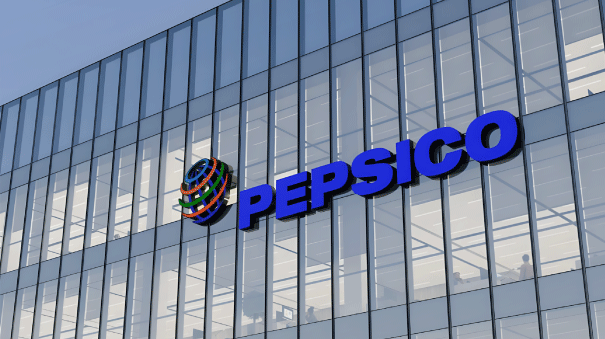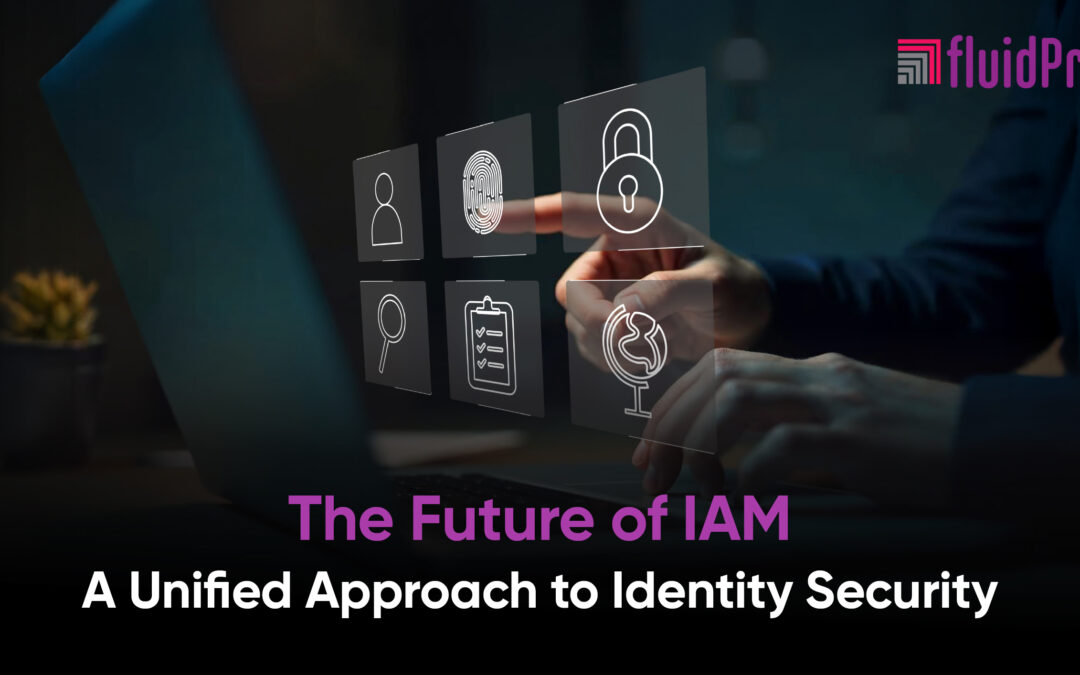Introduction
In today’s digitally hyperconnected world, the identity of a user, device, or even a workload is the new perimeter. Every digital interaction, right from login to resource access, is a checkpoint on the user journey, and IAM silently powers this path with trust, precision, and control. As traditional network boundaries dissolve, Identity and Access Management (IAM) has emerged as the central pillar of cybersecurity, shaping how organizations protect their data, users, and applications.
Identity: The New Security Control Plane
IAM isn’t just about login authentication and access permissions anymore—it’s about protecting your business, ensuring compliance, and enabling secure growth through visibility, governance, and enabling Zero Trust architectures. Cloud apps, APIs, remote work, and hybrid environments demand a dynamic, identity-driven approach to security. Many SMBs face a growing challenge: fragmented identity systems. Unfortunately, this shift has created a fragmented identity landscape where different tools—PAM, IGA, MFA, SSO, and Active Directory—operate in silos, leading to blind spots in security.
The result? High complexity, user fatigue, shadow IT, and a lack of contextual awareness.
The Complexity of Modern IAM
Current identity infrastructures are resource-intensive and inefficient. Organizations are managing identities across multiple tools and platforms, often requiring dedicated resources for each application. With high infrastructure, license, and operational costs, many companies still lack a single, clear view of “who has access to what.”
The IAM of Tomorrow: Converged Identity Platforms
The next era of IAM focuses on convergence—integrating IAM, PAM (Privileged Access Management), IGA (Identity Governance and Administration), and ITDR (Identity Threat Detection and Response) into unified platforms. This approach enables:
- Centralized policy management with distributed enforcement
- Decentralized identity through identity mesh models
- Real-time threat visibility and response
- Just-in-time and just-enough access to minimize standing privileges
Building Identity-Centric Security
The next generation of IAM goes beyond passwords and basic access controls. It will be context-aware—understanding who’s accessing what, from where, and under what circumstances—and risk-adaptive, tightening or relaxing security based on real-time threats. This means combining modern authentication methods like biometrics and password-less login with better protection of digital keys and credentials and conducting continuous checks to ensure only the right people and systems have access. Whether your team is in the office, remote, or on the move, the same intelligent, consistent security applies everywhere.
Key technologies include:
- Biometric and multi-factor authentication (TOTP, HOTP, facial recognition)
- Secrets and credential vaulting
- Adaptive authentication driven by real-time behavior
- Machine and third-party identity lifecycle management
The Shift to Identity as the Security Perimeter
Security decisions are no longer about where you are but who you are. Identity is now the primary gatekeeper—authenticating users, devices, APIs, and services. This shift enables:
- Unified policies across hybrid environments
- Dynamic, risk-based access
- Centralized governance and compliance visibility
Roadmap to IAM Modernization
To prepare for this future, organizations should:
- Assess IAM maturity – Identify gaps in lifecycle, access control, and governance.
- Adopt Zero Trust – Enforce least privilege and verify continuously.
- Modernize IAM – Embrace cloud-native, scalable platforms.
- Automate – Streamline identity onboarding, role changes, and de-provisioning.
- Implement adaptive security – Use behavior-based MFA and monitoring.
- Centralize analytics – Monitor identity activity and detect anomalies in real-time.
Wepsol FluidPro: Simplifying IAM with Managed IT Services
At Wepsol, our FluidPro Managed IT Services are designed to take the complexity out of IAM. We cover the entire identity ecosystem—IAM, PAM, IGA, ITDR, and more—under a single, unified service offering.
Whether it’s implementing Zero Trust, enabling adaptive authentication, or consolidating your identity platforms, FluidPro ensures your identity strategy is secure, compliant, and future-ready. With automation, centralized analytics, and continuous monitoring, we help businesses modernize IAM without the overhead.
IAM doesn’t have to be a burden. With Wepsol, it becomes a business enabler.
Real-World Use Cases
Converged IAM strategies are already transforming industries:
- Financial Services: Combating fraud with integrated IAM, PAM, and ITDR.
- Enterprise SaaS: Automating compliance, access reviews, and SSO/MFA.
- Healthcare: Enabling secure, just-in-time access for clinicians.
- Critical Infrastructure: Managing machine and vendor identities at scale.
Final Thoughts
IAM is evolving from a backend IT function into a strategic enabler of trust, agility, and intelligence. The future lies in converged identity ecosystems that are secure by design and scalable by nature.
Let’s move from fragmented tools to unified platforms—and make identity the cornerstone of modern cybersecurity. With Wepsol FluidPro, you’re already on the path to a secure, intelligent, identity-centric future.
Frequently Asked Questions
What is unified remote monitoring in hybrid cloud environments?
Unified remote monitoring is a strategy that offers centralized visibility and control over both cloud-based and on-premises infrastructure using integrated tools and dashboards.
Why is unified monitoring important for hybrid cloud infrastructures?
It helps address complexity, maintains performance consistency, enhances security posture, and reduces operational silos.
Why is unified monitoring important for hybrid cloud infrastructures?
Wepsol provides remote monitoring services customised for your hybrid setup, integrating AIOps, real-time alerts, and compliance tracking to streamline operations.
Why is unified monitoring important for hybrid cloud infrastructures?
By implementing cross-platform tools, offering expert support, and continuously refining your monitoring setup, Wepsol ensures seamless, secure hybrid cloud operations.

